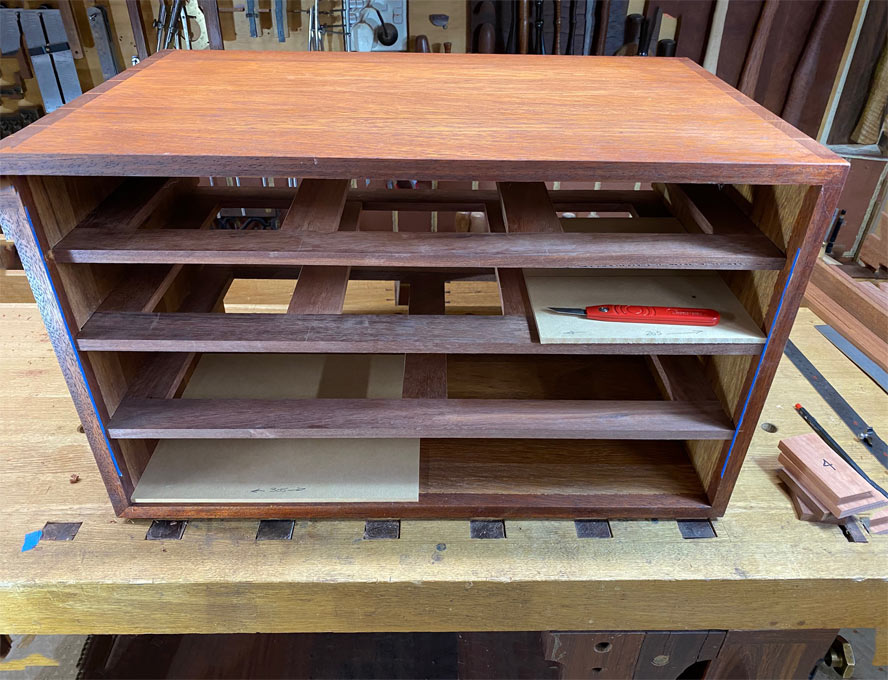Hey All,
I'm wondering if anyone here has actually witnessed a solid case construction (for example lets say dovetailed corners, with a couple shelves dadoed into the sides) have the dado joint fail as the case sides bow / cup over time.
For reference I'm working on a small solid sapele cabinet: approx 16in wide, 25 in tall, 19in deep. Two sides dovetailed into the top, and a shelf offset about 4 in from the floor, dadoed into the sides. M&T faceframes on the front and back.
Originally I thought I might tackle tapered sliding dovetails for the first time, but I don't think on this particular piece its necessary. But I'm still curious if any of yall have actually had problems with solid case sides and dadoes over the long haul.




 Reply With Quote
Reply With Quote










